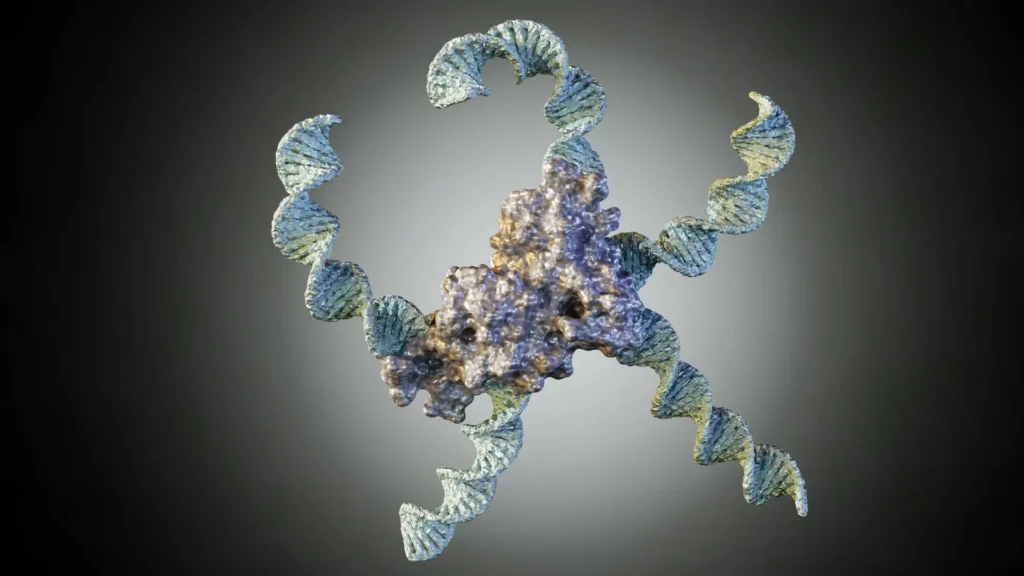
In grammar, “conjugate” refers to changing a verb’s form to express different grammatical features, such as tense, mood, aspect, person, number, or gender. Conjugation allows verbs to agree with the subject of a sentence and convey specific meanings based on the context.
Key points about conjugation:
- Tense: Verbs are conjugated to indicate the time of an action. Common tenses include present, past, and future.
Example: In English, the verb “to walk” is conjugated as “walk” (present), “walked” (past), and “will walk” (future). - Mood: Verbs can be conjugated to express the speaker’s attitude or the mode of the action. Everyday moods include indicative, subjunctive, and imperative.
Example: “To be” conjugates as “am” (indicative present), “were” (subjunctive past), and “be” (imperative). - Person and Number: Conjugation also involves adjusting the verb form to match the person (first, second, or third) and number (singular or plural) of the subject.
Example: In English, “to eat” conjugates as “eat” (I/you/we/they) and “eats” (he/she/it). - Aspect: Verbs can be conjugated to indicate the aspect of the action, such as continuous or perfect. In English, this involves using auxiliary verbs.
Example: “To write” conjugates as “write” (simple), “am writing” (continuous), and “have written” (perfect). - Voice: Some languages have different conjugations for active and passive voice. In English, a verb’s active and passive forms can have different conjugations.
Example: “To build” conjugates as “build” (active) and “is built” (passive). - Irregular Verbs: Irregular verbs do not follow regular conjugation patterns and have unique forms for different tenses and persons.
Example: The verb “to be” is highly irregular, with forms like “am,” “is,” “are,” “was,” and “were.”
Conjugation is a fundamental aspect of language, allowing speakers and writers to convey precise information about the timing, mood, and other features of actions. Learning the conjugation patterns of verbs is crucial for mastering a language’s grammatical structure.






